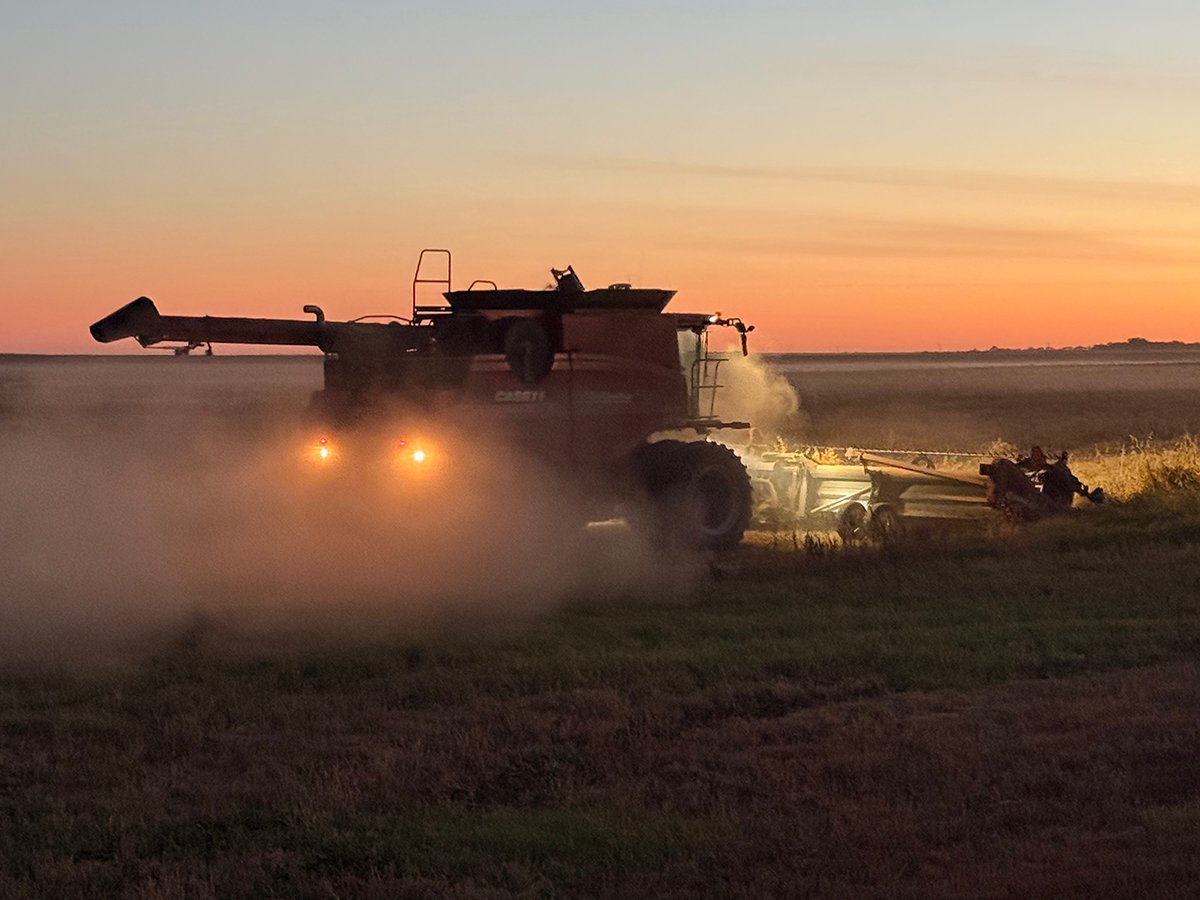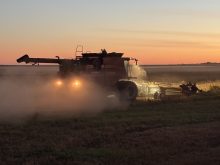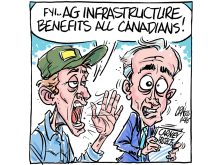On a recent visit to southern New Brunswick we got chatting with an older resident of that province on a dock overlooking the Bay of Fundy.
I say overlooking because the tide was out and most of the scenery consisted of red mud flats and boats sitting high and dry.
He told us about the United Empire Loyalists who had moved to the area by the thousands following the American Revolutionary War. They had brought their money and skills with them and established one of the larger cities in North America at that time.
Read Also

Downturn in grain farm economics threatens to be long term
We might look back at this fall as the turning point in grain farm economics — the point where making money became really difficult.
“In fact,” he said, “when Upper and Lower Canada, what is now Ontario and Quebec, talked of Confederation our ancestors were reluctant. They thought those poverty-stricken people from central Canada might have to be propped up financially by the more advanced Maritimes.”
Fortunately for the future of our diverse nation, the Maritimers reconsidered.
One should never assume the poor and the deprived will always be that way or that the center of economic activity will always remain that way. In the homesteading days when the West was being opened up, Saskatchewan was the western province with the largest population. Now abandoned communities and farms dot the prairie. In Alberta’s mountain areas you can find ghost towns by the score that were built around coal or other mining ventures that were big for a while and then petered out.
Before we get too smug about our economic successes, remember that someone, somewhere is working on a plan to take over the cat bird seat.
















